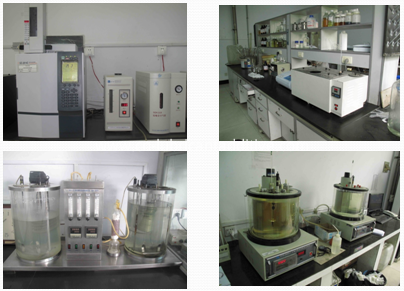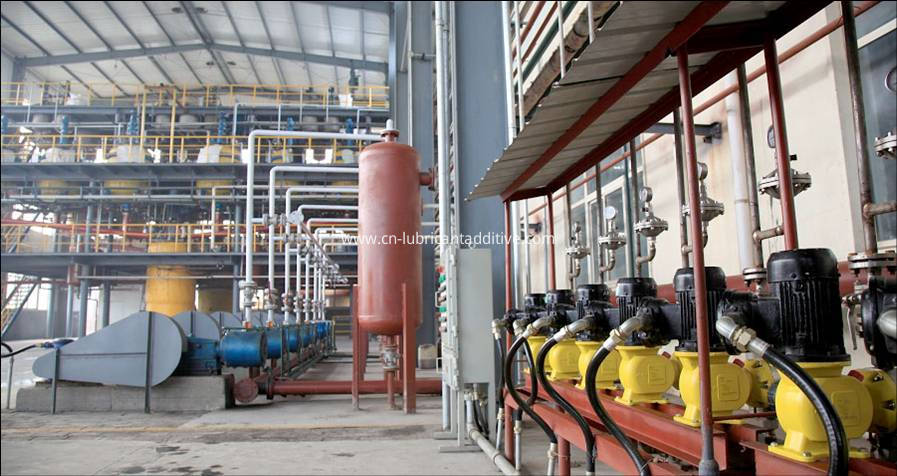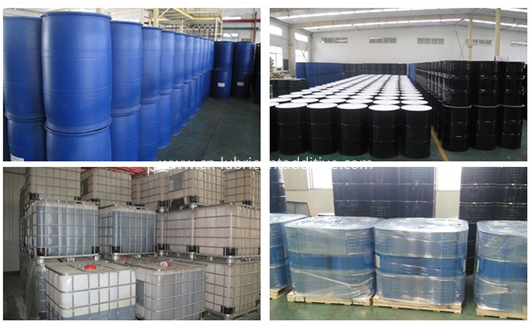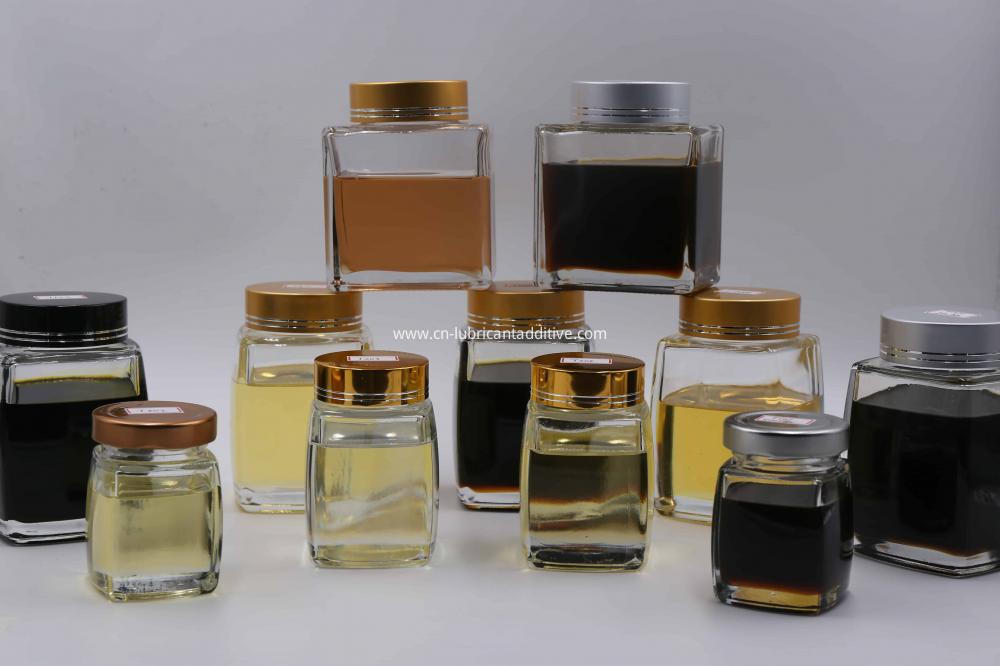
Privacy statement: Your privacy is very important to Us. Our company promises not to disclose your personal information to any external company with out your explicit permission.
News
Home > Company News > Brief Introduction of Lubricant Additive Ashless Dispersant
2019-10-10
Lubricants are composed of a base fluid and additives. The base fluid can be mineral, synthetic, or biological in origin. In terms of use, petroleum-derived (mineral) base fluids top the list, followed by synthetic fluids. Base oils of biological origin, that is, vegetable and animal oils, have not gained much popularity except in environmentally compatible lubricants. This is because of the inherent drawbacks these base oils have pertaining to their oxidation stability and low-temperature properties. Additives are added to the base fluid either to enhance an already-existing property, such as viscosity, of a Base Oil or to impart a new property, such as detergency, lacking in the base oil.
The lubricants are designed to perform a number of functions, including lubrication, cooling, protection against corrosion, and keeping the equipment components clean by suspending ordinarily insoluble contaminants in the bulk lubricant. Although for automotive applications all functions are important, suspending the insoluble contaminants and keeping the surfaces clean are the most critical. As mentioned in on [detergents," this is achieved by the combined action of the detergents and the dispersants present in the lubricant. Dispersants differ from detergents in three signifcant ways:

1. Dispersants are metal-free, but detergents contain metals, such as magnesium, calcium, and sometimes barium. This means that on combustion detergents will lead to ash formation and dispersants will not.
2. Dispersants have little or no acid-neutralizing ability, but detergents do. This is because dispersants have either no basicity, as is the case in ester dispersants, or low basicity, as is the case in imide/amide dispersants. The basicity of the imide/amide dispersants is due to the presence of the amine functionality. Amines are weak bases and therefore possess minimal acid-neutralizing ability. Conversely, detergents, especially basic detergents, contain reserve metal bases as metal hydroxides and metal carbonates. These are strong bases, with the ability to neutralize combustion and oxidation-derived inorganic acids, such as sulfuric and nitric acids, and oxidation-derived organic acids.
3. Dispersants are much higher in molecular weight, approximately 4–15 times higher, than the organic portion (soap) of the detergent. Because of this, dispersants are more effective in fulflling the suspending and cleaning functions than detergents.

As mentioned, dispersants, detergents, and oxidation inhibitors make up the general class of additives called stabilizers and deposit control agents. The goal of oxidation inhibitors is to minimize the formation of deposit precursors, such as hydroperoxides and radicals. This is because these species are reactive, and they attack the hydrocarbon base oil and additives, which make up the lubricant, to form sludge, resin, varnish, and hard deposits. The goal of the dispersant and the soap portion of the detergent is to keep these entities suspended in the bulk lubricant. This not only results in deposit control but also minimizes particulate-related abrasive wear and viscosity increase. When the lubricant in the equipment is changed, the deposit precursors and the depositforming species are removed with the used oil. The dispersants suspend deposit precursors in oil in various ways.
These comprise the following: Including the undesirable polar species into micelles. Associating with colloidal particles, thereby preventing them from agglomerating and falling out of solution. Suspending aggregates in the bulk lubricant, if they are formed. Modifying soot particles so as to prevent their aggregation. The aggregation will lead to oil thickening, a typical problem in heavy-duty diesel engine oils. Lowering the surface/interfacial energy of the polar species to prevent their adherence to metal surfaces.

As a professional supplier of Lubricant Additive Component, we supply Ashless Dispersant , High Temperature Antioxidant, Rust Preventative Anti-rust Additive, Corrosion Inhibitor ZDDP, Pour Point Depressant , ect., to blend make different kinds of Additive Package ,such as Hydraulic Oil Additive Package, Gear Oil Additive Package, 4T Motorcycle Oil Additive Package, PCMO Gasoline Engine Oil Additive Package, HDEO Diesel Engine Oil Additive , ect.
Free feel to contact Email: sales@cn-lubricantadditive.com and Tel/WhatsApp: +86-13783582233 with any interest.

Share to:
Send Inquiry

Mr. James
Tel:0086-371-58651986
Fax:
Mobile Phone:+86 13783582233
Email:sales@cn-lubricantadditive.com
Address:No.11 Changchun Road, High-Tech Zone, Zhengzhou, Henan
Related Products List
Mobile Site


Privacy statement: Your privacy is very important to Us. Our company promises not to disclose your personal information to any external company with out your explicit permission.

Fill in more information so that we can get in touch with you faster
Privacy statement: Your privacy is very important to Us. Our company promises not to disclose your personal information to any external company with out your explicit permission.